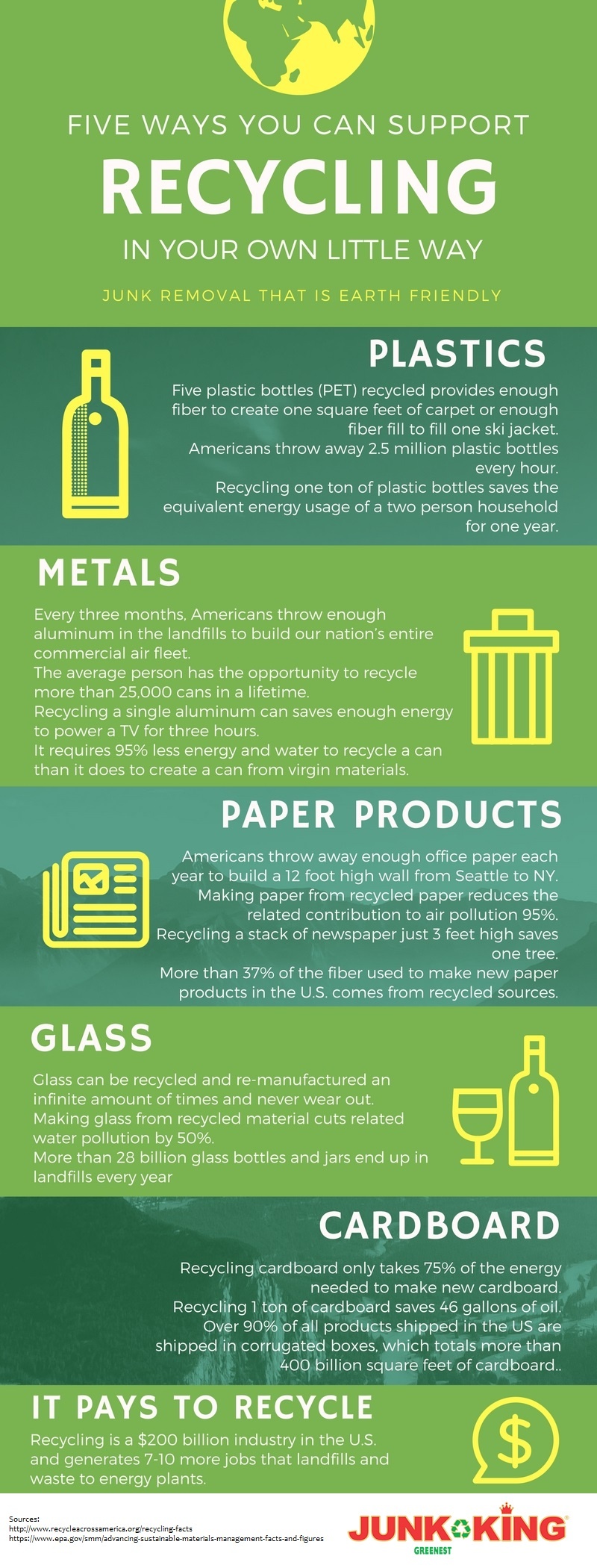How To Choose The Right Dumpster Dimension For Your Project: A Comprehensive Guide
How To Choose The Right Dumpster Dimension For Your Project: A Comprehensive Guide
Blog Article
Material Author-Matthiesen Berger
When embarking on a task that requires a dumpster, the dimension you choose can considerably influence its effectiveness and cost-effectiveness. Envision having waste rentals that suits all your waste without being exceedingly huge or too little. Everything beginnings with understanding the subtleties of your project and picking a dumpster size that lines up with your specific requirements. So, before you decide, consider the aspects at play to ensure a smooth waste management process throughout.
Variables to Think about
When deciding on the best dumpster dimension, there are several key elements to take into consideration.
First, consider the kind of waste you'll be dealing with. Various products may call for varying quantities of area, so recognizing what you'll be placing in the dumpster is essential.
Next, assess the quantity of waste you expect to create. If simply click the next document underestimate the quantity, you might need to make several journeys to deal with every little thing, which can be bothersome and expensive. On the other hand, leasing a dumpster that's too huge can result in unneeded costs.
Additionally, consider the space where the dumpster will certainly be put. Guarantee there suffices room for the dumpster to be supplied and grabbed with no obstructions.
Finally, consider any kind of weight constraints that might apply. Exceeding the weight limitation can cause added costs or perhaps the rejection of service.
Dumpster Dimension Choices
For selecting the appropriate dumpster size, it's essential to have a good understanding of the offered options. Dumpster dimensions normally range from 10 to 40 cubic yards, with variants in between.
A 10-yard dumpster is suitable for little tasks like a garage cleanout or a small remodelling. If you're tackling a medium-sized task such as a kitchen area remodel or a cellar cleanout, a 20-yard dumpster could be the best selection.
For larger jobs like a whole-house restoration or commercial building and construction, a 30 or 40-yard dumpster could be preferable to accommodate the quantity of waste created.
When choosing a dumpster size, take into consideration the quantity and type of debris you expect to take care of. It's much better to select a slightly bigger dimension if you're unclear to stop overfilling. Keep in mind, it's more cost-effective to rent a dumpster that fits your demands rather than needing to purchase an extra one.
Matching Size to Project
Ideally matching the dumpster dimension to your job is critical for reliable waste management. To figure out the appropriate size, consider the scope and nature of your job.
For tiny household cleanouts or renovations, a 10-yard dumpster may be adequate. These are typically 12 feet long and can hold around 4 pickup truck lots of waste.
For bigger jobs like redesigning multiple rooms or clearing out a huge estate, a 20-yard dumpster could be more suitable. These are around 22 feet long and can hold about 8 pickup loads.
If you're tackling a significant building and construction task or commercial improvement, a 30-yard dumpster could be the very best fit. These dumpsters are about 22 feet long and can suit concerning 12 pickup truck loads of debris.
Matching the dumpster size to your project ensures you have sufficient area for all waste materials without paying too much for extra capacity.
Verdict
Finally, picking the appropriate dumpster size for your project is essential for effective garbage disposal. By considering elements like the type and amount of waste, space schedule, weight constraints, and budget constraints, you can ensure you have the appropriate dimension dumpster for your needs. Make sure to match the size of the dumpster to the scope and nature of your task to stay clear of overspending on unnecessary expenses.
